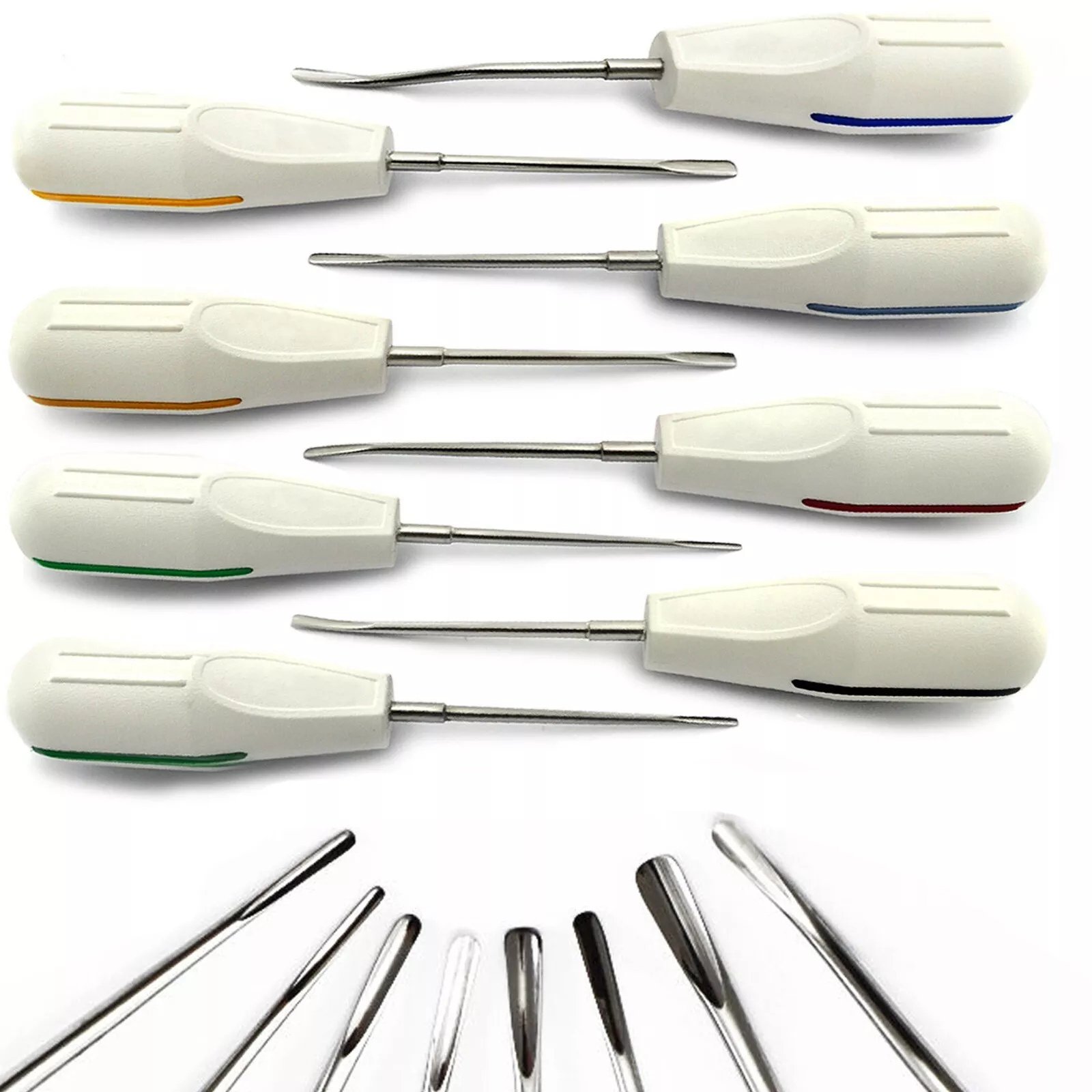Introduction: What Is a Luxating Tooth?
A luxating tooth refers to a tooth that has become mobile or partially dislodged from its socket, often as a result of trauma, periodontal disease, or dental procedures. It is a condition that can range from slight tooth mobility to full displacement, req
uiring immediate attention to prevent permanent damage.
In some cases, this condition can arise during or after surgical interventions such as bone graft dental procedures. Understanding the nature of a luxating tooth, its causes, and the appropriate treatment options can help preserve oral health and prevent complications.
Understanding the Role of Sinus Lift in Restorative Dentistry
What Is a Sinus Lift?
A sinus lift is a surgical procedure that raises the sinus membrane to allow for new bone formation in the upper jaw, typically in preparation for a dental implant. This is particularly necessary when there is not enough bone height in the upper jaw, or the sinuses are too close to the jaw for implants to be placed properly.
A luxating tooth in the upper jaw can complicate implant planning, especially near the sinus cavity. If mobility or bone loss is significant, a sinus lift may be recommended as a preparatory step before restoration.
Sinus Lift Instruments and Sinus Lift Kit
Performing a sinus lift requires precision, and this is where specialized tools come in. A sinus lift kit typically includes:
- Sinus lift instruments such as curettes, elevators, and membrane lifters
- Osteotomes for careful bone manipulation
- Grafting material carriers
Using the right sinus lift instruments ensures that the sinus membrane is elevated without perforation and that bone graft material is placed efficiently.
Causes of Tooth Luxation
Tooth luxation can occur due to several reasons:
1. Trauma or Injury
Blunt force from sports, accidents, or falls can displace teeth from their sockets, causing immediate luxation.
2. Periodontal Disease
Advanced gum disease can erode the supporting tissues and bones around the teeth, causing them to loosen over time.
3. Surgical or Orthodontic Complications
Improper surgical technique, overuse of force during extraction, or mismanaged orthodontic movement can result in luxation.
Types of Tooth Luxation
Dental professionals categorize luxation based on the severity and direction of displacement:
- Concussion – Tooth is tender but not displaced
- Subluxation – Tooth is mobile but not dislodged
- Extrusive Luxation – Tooth is partially out of the socket
- Lateral Luxation – Tooth is displaced in a direction other than axial
- Intrusive Luxation – Tooth is pushed deeper into the socket
Diagnosis and Symptoms
Identifying a luxating tooth involves clinical evaluation and radiographic imaging. Common symptoms include:
- Tooth mobility
- Pain or tenderness while chewing
- Visible displacement or misalignment
- Swelling or bleeding of gums
If a luxated tooth is not stabilized early, it may lead to infection or permanent tooth loss.
Treatment Options for Luxating Teeth
1. Repositioning and Splinting
If the tooth is still vital and structure is intact, the dentist may manually reposition it and stabilize it using a dental splint. Healing generally takes a few weeks.
2. Root Canal Therapy
In moderate to severe cases, especially if the pulp is damaged, root canal therapy may be necessary to save the tooth.
3. Extraction and Bone Graft Dental Procedures
If the luxation is severe and the tooth cannot be saved, extraction followed by a bone graft dental procedure can preserve the alveolar ridge for future restoration.
Post-Treatment Restoration: Composite and Surgical Instruments
Using Composite Filling Instruments
After stabilization or root canal treatment, composite filling instruments are often used to repair any structural damage to the crown of the tooth. These tools help in applying and contouring dental composite material, offering both function and aesthetics.
Dental Composite Filling Instruments for Fine Detailing
These are designed to handle delicate, intricate restorative work. They provide the control necessary to sculpt lifelike contours in dental composite restorations, particularly in the anterior region.
Dental Filling Tools in Reconstructive Care
High-quality dental filling tools allow for effective layering and curing of composite materials, especially when filling fractures or rebuilding a displaced crown post-luxation.
Link Between Luxating Teeth and Implantology Dental
When tooth preservation isn’t possible, implantology dental provides a durable, long-term solution. Tooth luxation often leads to bone damage or resorption, which must be addressed before implant placement.
In such scenarios:
- Bone grafting rebuilds lost bone
- Sinus lift ensures adequate vertical bone height
- Implant placement restores function and appearance
Preventing Tooth Luxation: Tips for Patients and Professionals
- Wear mouthguards during sports
- Address gum disease early
- Use gentle forces during extractions and orthodontic treatments
- Regular dental check-ups for early diagnosis
Conclusion: Ensuring Optimal Care with the Right Dental Tools
Managing a luxating tooth requires timely diagnosis, appropriate intervention, and the use of specialized dental tools. From initial repositioning to advanced surgical planning, clinicians rely on instruments like dental implant supplies, dental elevators, and elevator in dental procedures to deliver optimal care.
Equipping your practice with high-quality tools — from composite filling instruments to sinus lift kits — ensures precision, improves outcomes, and enhances patient comfort.
